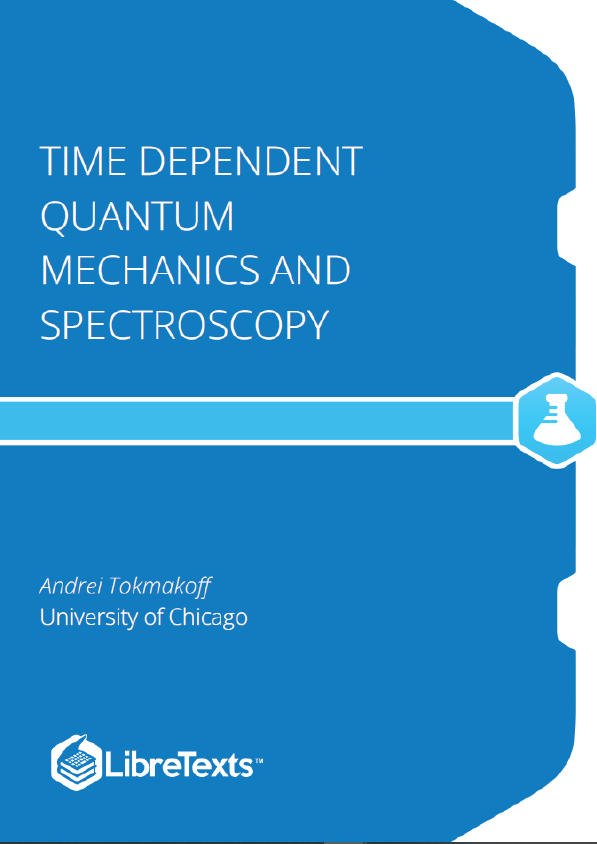1. The Wavefunction
Quantum mechanical matter exhibits wave-particle duality in which the particle properties emphasize classical aspects of the object’s position, mass, and momentum, and the wave properties reflect its spatial delocalization and ability to interfere constructively or destructively with other particles or waves. As a result, in quantum mechanics the physical properties of the system are described by the wavefunction . The wavefunction is a time-dependent complex probability amplitude function that is itself not observable; however, it encodes all properties of the system’s particles and fields. Depending on the context, particle is a term that will refer to a variety of objects―such as electron, nucleons, and atoms―that fill space and have mass, but also retain wavelike properties. Fields refer to a variety of physical quantities that are continuous in time and space, which have energy and influence the behavior of particles.
In the general sense, the wavefunction, or state, does not refer to a three dimensional physical space in which quantum particles exist, but rather an infinite dimensional linear vector space, or Hilbert space, that accounts for all possible observable properties of the system. We can represent the wavefunction in physical space, by carrying out a projection onto the desired spatial coordinates. As a probability amplitude function, the wavefunction describes the statistical probability of locating particles or fields in space and time. Specifically, we claim that the square of the wavefunction is proportional to a probability density (probability per unit volume). In one dimension, the probability of finding a particle in a space between x and x+dx at a particular time t is We will always assume that the wavefunctions for a particle are properly normalized.
2. Operators
Quantum mechanics parallels Hamilton’s formulation of classical mechanics, in which the properties of particles and fields are described in terms of their position and momenta. Each particle described by the wavefunction will have associated with it one or more degrees of freedom that are defined by the dimensionality of the problem. For each degree of freedom, particles which are described classically by a position x and momentum will have associated with it a quantum mechanical operator which will be used to describe physical properties and experimental observables. Operators correspond to dynamical variables, whereas static variables, such as mass, do not have operators associated with them. In practice there is a quantum/classical correspondence which implies that the quantum mechanical behavior can often be deduced from the classical dynamical equations by substituting the quantum mechanical operator for the corresponding classical variables. In the case of position and momenta, these operators are . Table 1 lists some important operators that we will use. Note that time does not have an operator associated with it, and for our purposes is considered an immutable variable that applies uniformly to the entire system. Table : lists some important operators that we will use. Note that time does not have an operator associated with it, and for our purposes is considered an immutable variable that applies uniformly to the entire system.











